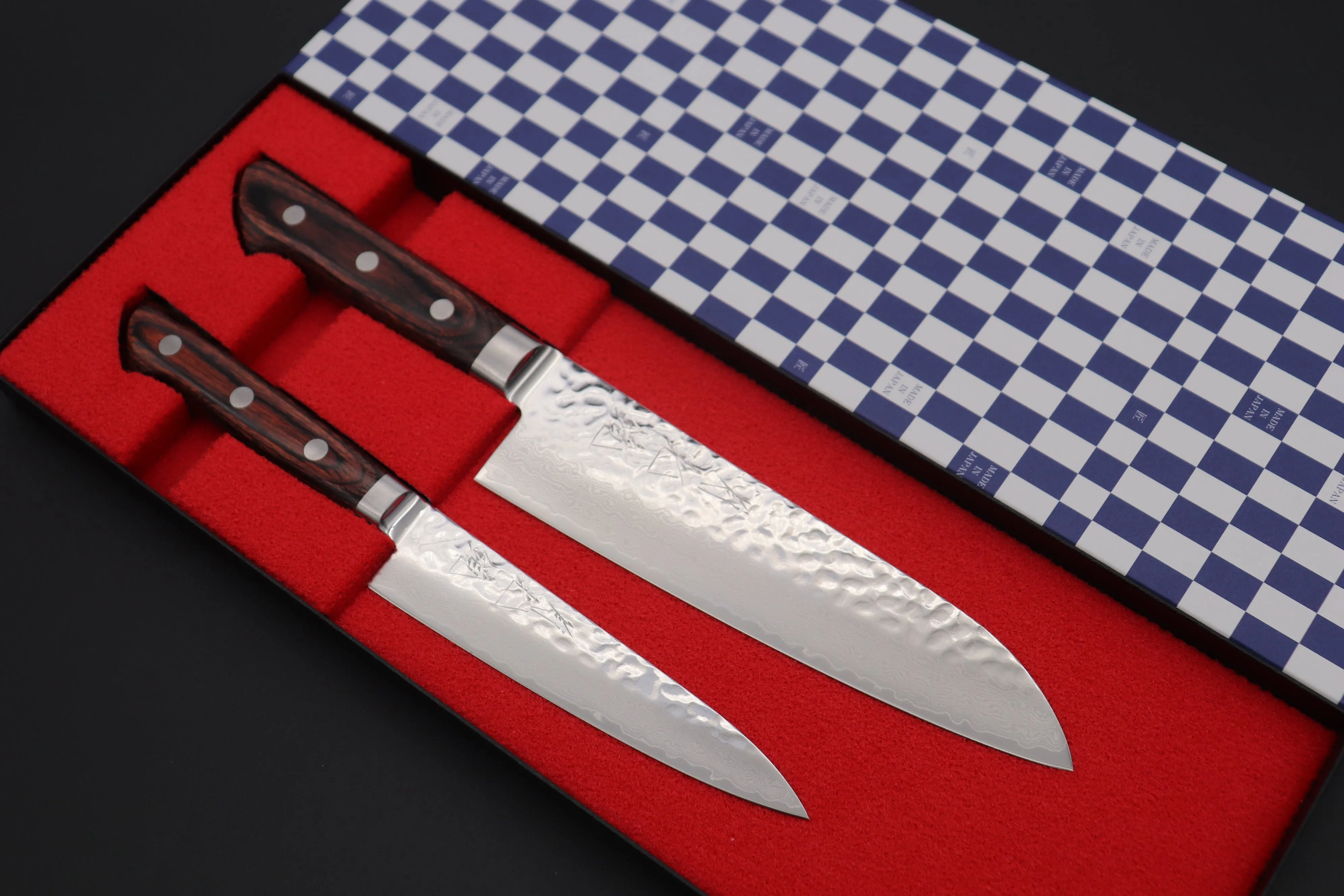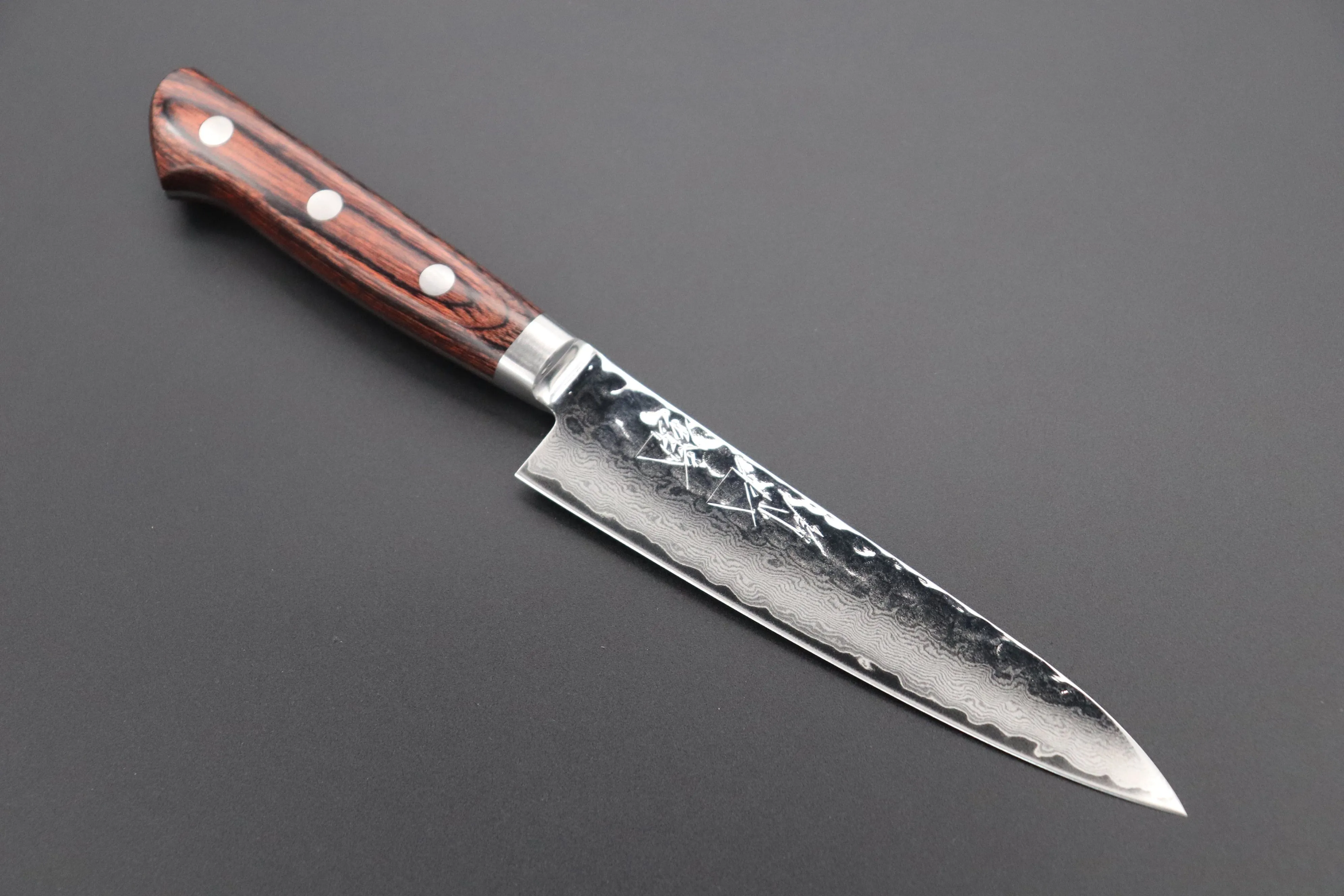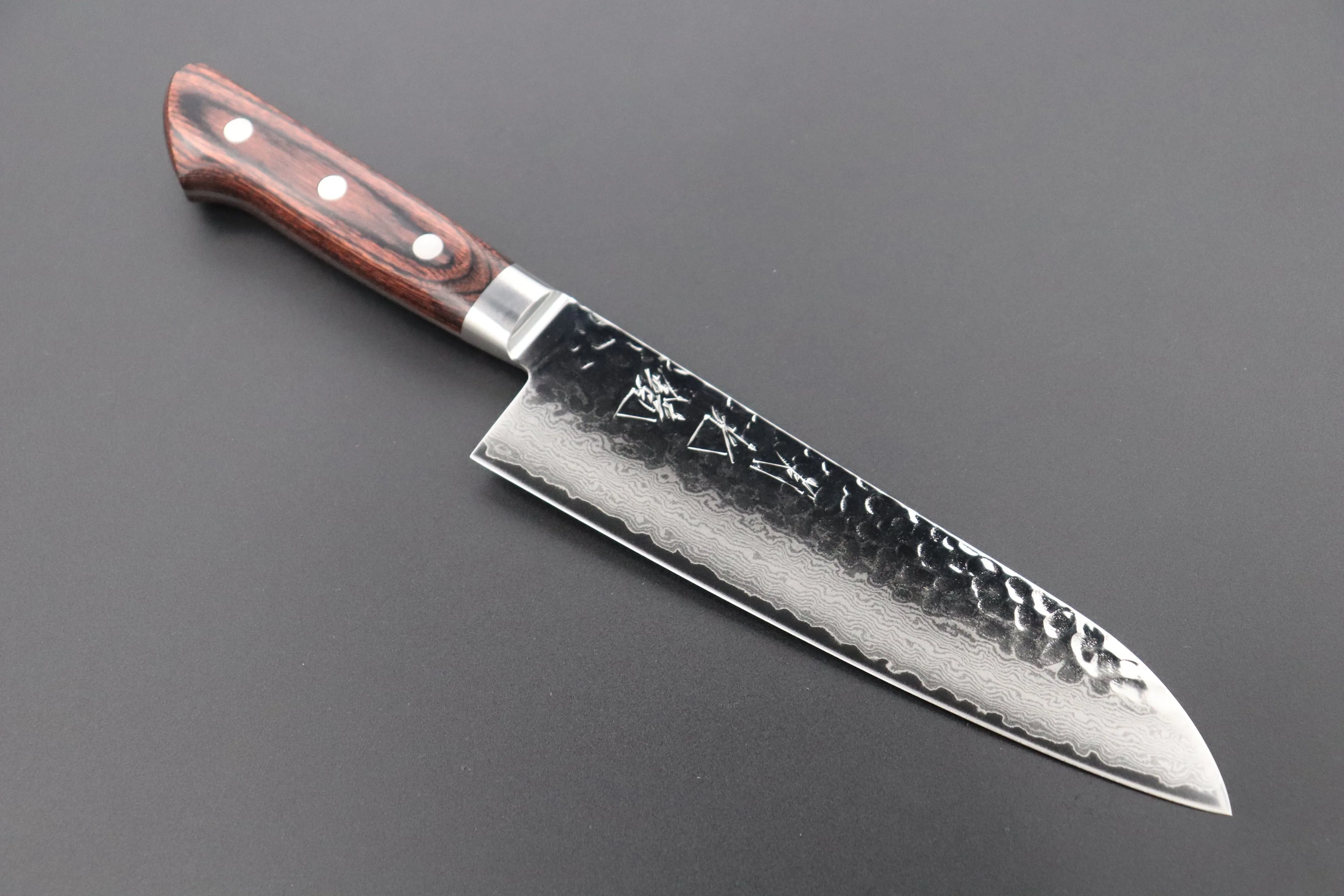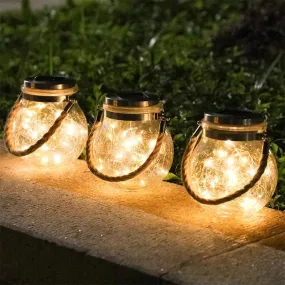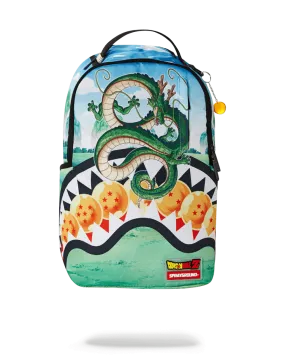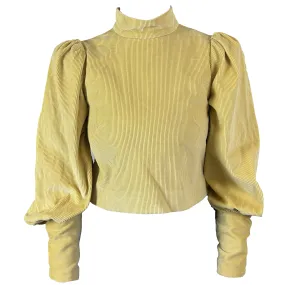From my first glance of this beautiful knife, I knew it should be called "Gekko”, or 月光, which means "Moonlight" in Japanese. From every angle, the Gekko knife reminded me of the way that the shape and light of the Moon changes each night.
Beautifully mirror polished VG-10 stainless steel blade core that is clad on both sides by a 33 layer Damascus stainless steel (HRc. 60-61. 50/50 symmetrically ground double beveled edge).
We specially requested the Craftsmen to make extra attention and care for making precise and detailed edge by hand-sharpening process.
Unique “Mahogany Wood Handle” matches well with beautiful mirror polished Tsuchime Damascus blade.
We especially recommend our JCK Natures "Gekko" Knives to customers who are considering buying their first Japanese knife and want to own a moderately priced, high quality, practical, attractive and very fashionable knife.
This is the versatile and special knife set (including the Petty 135mm and Santoku 180mm), which we can highly recommend them as special gift for your special person and for serious home chefs.
A mainstay of professional Western kitchens, the Petty knife is a small general-purpose knife used for peeling, shaping, and slicing fruits and vegetables, chopping herbs, and making garnishes. The compact size and relatively narrow blade of the Petty knife mean that it is very nimble and controllable, thus it is ideal for making precise cuts.
The tall blade and rounded nose / tip of the Santoku make it a versatile knife that is well suited to cutting meat, fish, or vegetables; Hence it’s name, which literally means “Three-purpose”. The Santoku is often recommended as a multi-purpose kitchen knife.
Specification
Knife Model: JCK Natures Gekko Kagami Series VG-10 Tsuchime Damascus Petty & Santoku Knife Set
Blade Material: VG-10 Tsuchime Damascus
Rockwell Hardness (HRc): 60 to 61
Blade Grind and Edge Shape: Double Bevel Edge 50/50
Handle Material: Mahogany Wood Handle with Stainless Steel Bolster
Saya Included: No.
| Petty 135mm (5.3") Cutting edge length: 135mm (5.3") Total Length: 245mm (9.6") Blade Thickness: 2.2mm (0.08") Blade Width: 29mm (1.1") Handle Length: 105mm (4.1") Total Weight: 106g (3.7oz) |
Santoku 180mm (7") Cutting edge length: 180mm (7.0") Total Length: 300mm (11.8") Blade Thickness: 2.2mm (0.08") Blade Width: 45mm (1.7") Handle Length: 112mm (4.4") Total Weight: 186g (6.5oz) |
About Left Handed Version
This knife comes with 50/50 double bevel edge geometry for both right and left handed use.
For your information, Japanese Kitchen knives are generally designed for right hand use with a slightly thicker and rounded grinding on the right side blade and a less rounded (almost straight flat) grinding on the left side blade. However, both right and left hander can use the knives that have double bevel edge sharpened 50/50 without problems.
Instructions & Maintenance
We believe quality and performance of Japanese knives are best in the world and hope you enjoy fine craftsmanship and spirits from your new knife. With proper cares, every Japanese knife can be your special cooking partner for long time.
Important
This is the Stainless steel blade kitchen knife, which has good rust resistance for easy maintenance. However even stainless steel blade kitchen knife has rust situation if you leave it with wet condition.
- Before starting to use the knife, please wash it with water for cleaning up.
- Please do not put this knife in the dishwasher, please hand wash.
- Please do not leave this knife in water or wet condition for long time.
- After using, please hand wash it and wipe it clean and dry with soft clothes. (Includes bolster and handle part)
- This is an extremely sharp knife. Please use special cares in using and storing it.
- Unlike German made knives, Japanese knife blades are ground to thin cutting edge for sharper cutting and easier re-sharpening. Please protect the edge from hitting hard materials to avoid chipping or cracking.
- Please do not use it to cut bone or frozen foods, hard foods such as lobster and crab which have hard surface.
- We recommend re-sharpening the knife using Japanese whetstones, when it gets dull.




